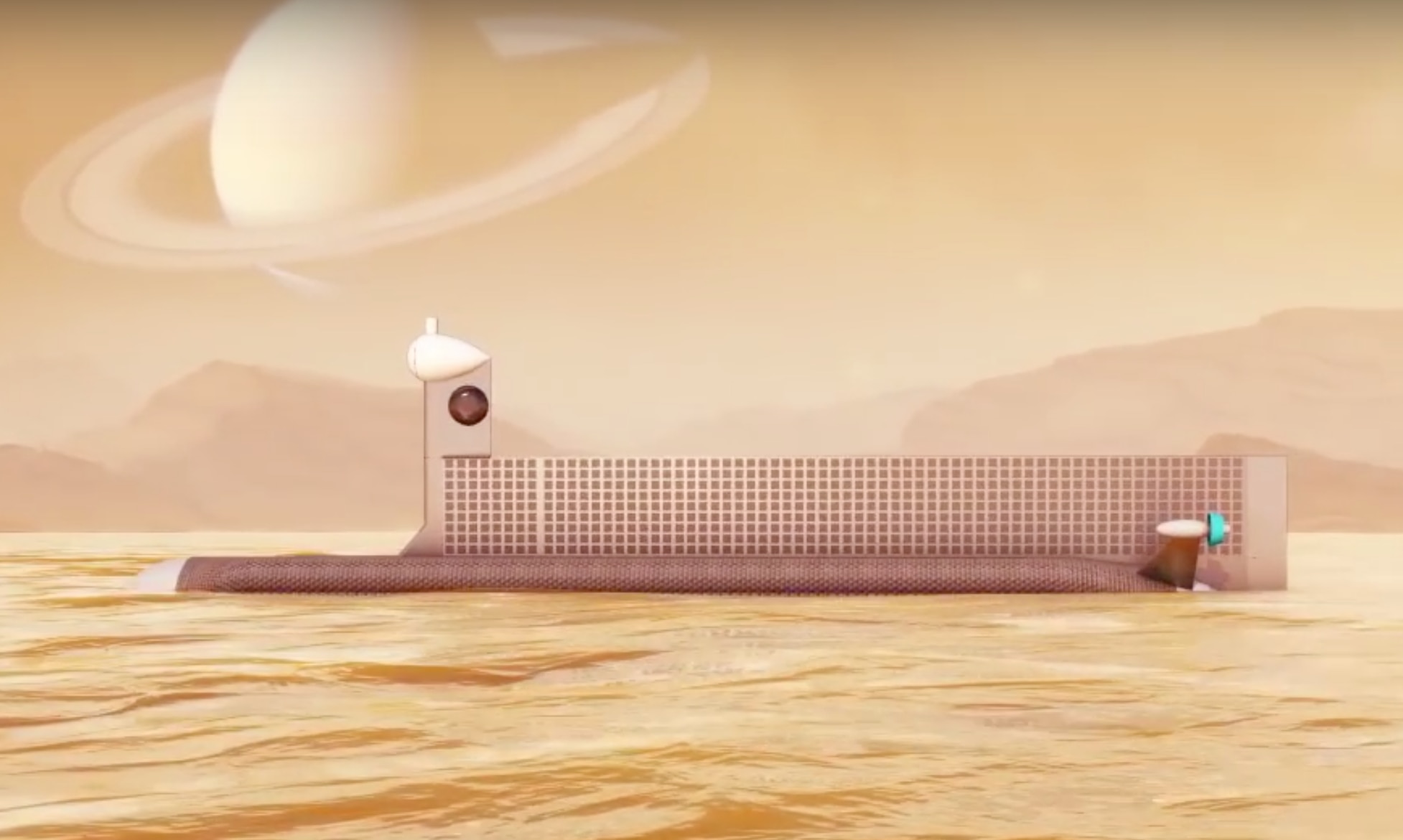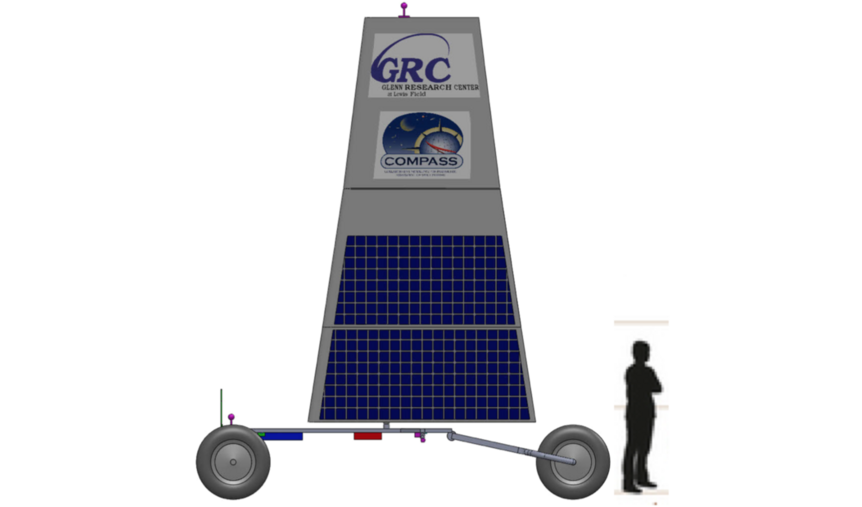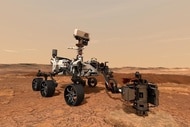Create a free profile to get unlimited access to exclusive videos, sweepstakes, and more!
How NASA designs spacecraft that look like they shot straight out of a sci-fi movie

If science fiction can dream it, NASA can probably do it. From crawling across the scorching surface of Venus to taking the plunge into Titan’s methane seas, NASA’s COMPASS team at its Glenn Research Center designs spacecraft that will (relatively) soon be able to do things that might have been unthinkable even a decade ago.
A space submarine will be happening, and a tunnel bot that can penetrate extraterrestrial ice, and a sail that cruises across the surface of a planet that humans could not otherwise explore because of extreme temperatures or toxic gases.
“Science fiction’s led the way in a lot of space exploration just with being able to think out of the box,” COMPASS team lead Steve Oles told Seeker in a recent interview. “We have discussions on whether they’re a Star Wars fan or a Star Trek fan…seeing science fiction movies, reading the books, you get that mindset that anything is possible.”
What is almost even more sci-fi than the team’s spacecraft designs is how they can dream up a new one, cost estimates and all, in around two weeks.
The environment of whatever body in space COMPASS is eyeing dictates the design of a spacecraft concept. You have to factor in propulsion, materials, and software, not to mention technologies specific to wherever something is going to orbit or land. Propulsion is an obvious one. The spacecraft has to be able to maneuver itself around whatever alien landscape it’s exploring. While it might seem that electric propulsion and chemical propulsion may clash, but electric propulsion is amazing for deep space, while chemical propulsion is actually ideal when you’re approaching a planet or moon or asteroid.
Before even that, you have to think of trajectory, or figuring out how the craft is going to get to Titan or Venus or wherever and back to Earth.
You also have to figure out how to power the vehicle and communicate with the science instruments that could potentially tell us things such as whether there is life in those subsurface oceans of Europa. It needs radiators with thermal systems to keep it from melting or freezing in unearthly temperatures. Visions for these landers, rovers and orbiters are then laid out as computer configurations that could easily be mistaken for visual effects that will be zooming through the next space blockbuster.
Don’t forget that submarine which COMPASS imagines exploring deep-sea Titan. Because liquid methane is radio-transparent, it will be possible for the sub to communicate with an orbiter flying above. As for the aforementioned land sail (aka Zephyr) that is being designed to coast along the surface of Venus, which is a cool 869 degrees Fahrenheit, NASA scientists are working on integrated circuits that can take that kind of heat. “It’s still in the conceptual design phases,” Oles said of the submarine. “You need to demonstrate the high temperature and electronics work so that’s what we’re doing right now. Once you get those on the surface, you show they actually work, now you can start to explore.”
Just in case this is impossible to believe, a vehicle COMPASS designed in 2012 is now the power propulsion element of the upcoming Lunar Orbital Platform-Gateway. Now that’s cinematic.
(via Seeker)



























